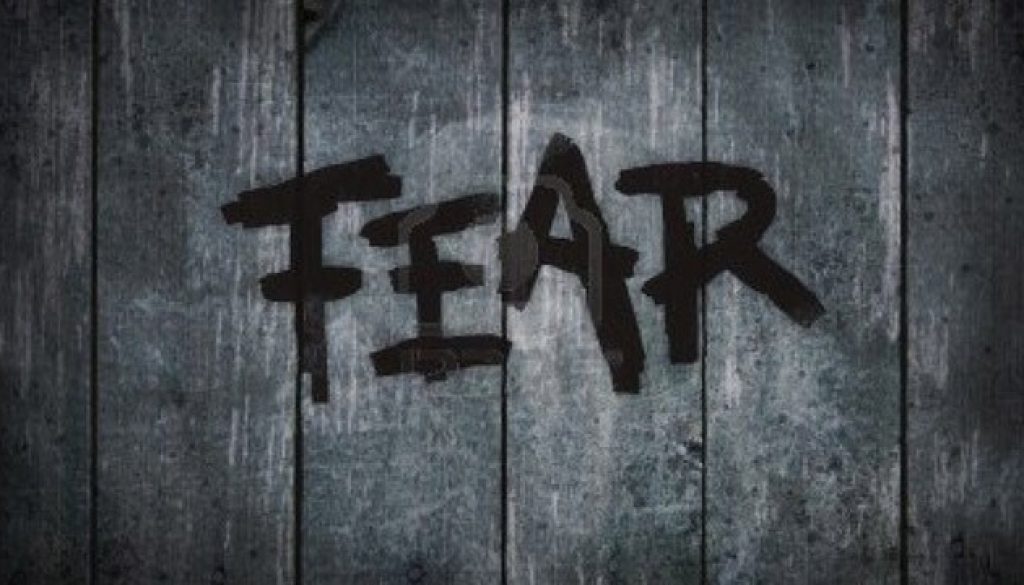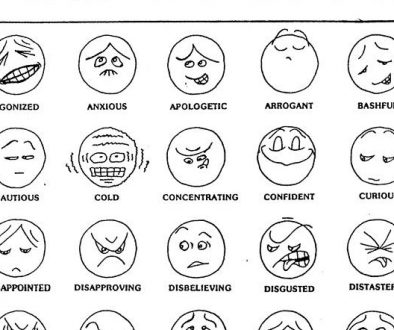On the Punishment and the Protective Use of Force; by Jim Manske
For me, distinctions about “the protective use of force” seem one of the concepts most likely to be misunderstood and misused in NVC.
We make a distinction between the punitive use of force and the protective use of force. The goal of punishment is “To teach the other a lesson” about the way we want the other to live. Education is the goal. It fails miserably in contributing to the need for learning, and instead leaves a wake of pain and suffering that reverberate through succeeding generations.
Study after study shows the futility of punishment. Nevertheless, “Around the world, close to 300 million children 2 to 4 receive some type of physical discipline from their parents or caregivers on a regular basis, according to a 2017 UNICEF report.” According to a recent report on CNN.com, a meta-analysis of 75 studies on spanking found that it contributed to aggression, mental health, and social esteem problems and antisocial behavior in children, which carried into adulthood.
The evidence so far clarifies that punishment causes more harm than any good that may come from it. Other studies have found children who are corporally punished also experience academic problems in schools and cognitive deficits and were more likely to be violent toward women later in life.One of the investigators, pediatrician Dr. Robert Sege said, “when parents and schools model violence, it tends to increase the willingness of children to fight, to get physically violent themselves.”
NVC offers an alternative toolbox of strategies that nonviolently address the need for learning that punishment tries and fails to address.
And yet, Marshall Rosenberg (founder and developer of Nonviolent Communication, NVC) noted that sometimes force remains necessary. For me, the state of being from which we live in NVC includes an intention to connect and cultivating presence leading to an openness to outcome. Under some situations, that intention shifts “to prevent injury or injustice”. (Marshall’s quote)
Marshall coaches very limited circumstances for using the protective use of force:
- There is an imminent threat to life, wellbeing or rights.
- There is no opportunity or willingness on the other party to connect.
“When we exercise the protective use of force, we are focusing on the life or rights we want to protect, without passing judgment on either the person or the behavior.” (Marshall’s quote)
“The assumption behind the protective use of force is that people behave in ways injurious to themselves and others due to some form of ignorance. The corrective process is therefore one of education, not punishment. Ignorance includes (1) a lack of awareness of the consequences of our actions, (2) an inability to see how our needs may be met without injury to others, (3) the belief that we have the right to punish or hurt others because they “deserve” it, and (4) delusional thinking that involves, for example, hearing a voice that instructs us to kill someone.” (Marshall’s quote).
I tell myself If I have time to make a threat, I have time to connect. The urge to threaten punishment seems like a reliable alarm clock that I have slipped from the intention to connect, fallen into the haze of the past or the demands of the future and become attached to an outcome. In those instances, I need empathy or self-empathy to return to my intnetion.
When there in no time to connect, though, we can still intervene forcefully in the service of protection. Once that goal has been achieved, we then return to use NVC for any repair work necessary to knit any broken connection that may have been stimulated by our choice to use force.
How is for you to consider these ideas?



